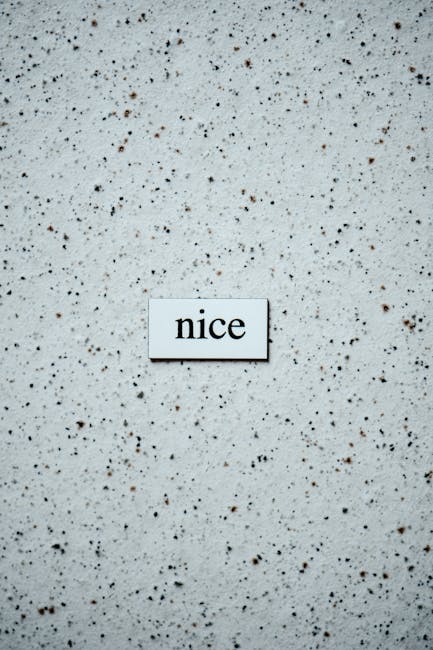Minimalism in Color: Exploring Soft Pastels and Muted Palettes in Modern Design
Introduction
In a world saturated with bold statements and vibrant hues, a quiet revolution is taking place in design. Minimalism, traditionally associated with stark whites and grays, is embracing a softer, more approachable aesthetic through the use of soft pastels and muted palettes. This trend offers a calming and sophisticated alternative, creating spaces that are both visually appealing and emotionally soothing. Let’s delve into the world of minimalism in color, exploring how these gentle shades are shaping modern design.
Embracing the Softness: Pastel Power
The Psychology of Pastels
Pastel colors evoke feelings of tranquility, serenity, and optimism. Their gentle nature makes them ideal for creating relaxing environments in homes and offices alike. Unlike bolder colors that demand attention, pastels offer a subtle elegance that promotes a sense of well-being.
Incorporating Pastels into Your Space
- Accent Walls: Use a pastel shade on a single wall to add a touch of color without overwhelming the space.
- Furniture: Introduce pastel-colored sofas, chairs, or ottomans for a soft and inviting look.
- Textiles: Incorporate pastel cushions, throws, and rugs to add warmth and texture.
- Artwork: Choose artwork featuring pastel hues to complement the overall color scheme.
The Muted Movement: Understated Elegance
The Allure of Muted Colors
Muted colors, also known as desaturated colors, are created by adding black, white, or gray to a pure hue. This process results in shades that are softer, less intense, and more sophisticated than their vibrant counterparts. Muted palettes exude a sense of timelessness and elegance, making them a popular choice for creating calming and refined interiors.
Applications of Muted Palettes in Design
- Neutral Backdrops: Muted grays, beiges, and creams provide a versatile backdrop for showcasing furniture and artwork.
- Subtle Color Pops: Introduce muted shades of blue, green, or pink to add subtle pops of color without disrupting the overall harmony.
- Monochromatic Schemes: Create a sophisticated and cohesive look by using different shades of the same muted color.
Combining Pastels and Muted Tones
Creating Harmonious Color Combinations
The beauty of pastels and muted tones lies in their ability to be combined effortlessly. By pairing these gentle shades, you can create spaces that are both calming and visually interesting.
- Pastel Pink and Muted Gray: This combination is a classic choice for creating a feminine yet sophisticated space.
- Muted Blue and Pastel Yellow: This pairing evokes a sense of tranquility and optimism, perfect for bedrooms and living rooms.
- Pastel Green and Muted Beige: This combination creates a natural and earthy feel, ideal for creating a calming and inviting atmosphere.
Tips for Success
- Consider Natural Light: The amount of natural light in a room will affect how pastel and muted colors appear. Test paint swatches in different lighting conditions before committing to a color.
- Use Texture: Add texture through fabrics, rugs, and accessories to create visual interest and depth.
- Balance and Contrast: Use a combination of light and dark shades to create a balanced and visually appealing space.
Conclusion
Minimalism in color, through the use of soft pastels and muted palettes, offers a refreshing and sophisticated approach to modern design. By embracing these gentle shades, you can create spaces that are both visually appealing and emotionally soothing. Whether you choose to incorporate pastels as accents or create an entire room using a muted palette, the possibilities are endless. Embrace the softness and understated elegance of these colors to create a space that reflects your personal style and promotes a sense of well-being.














Post Comment